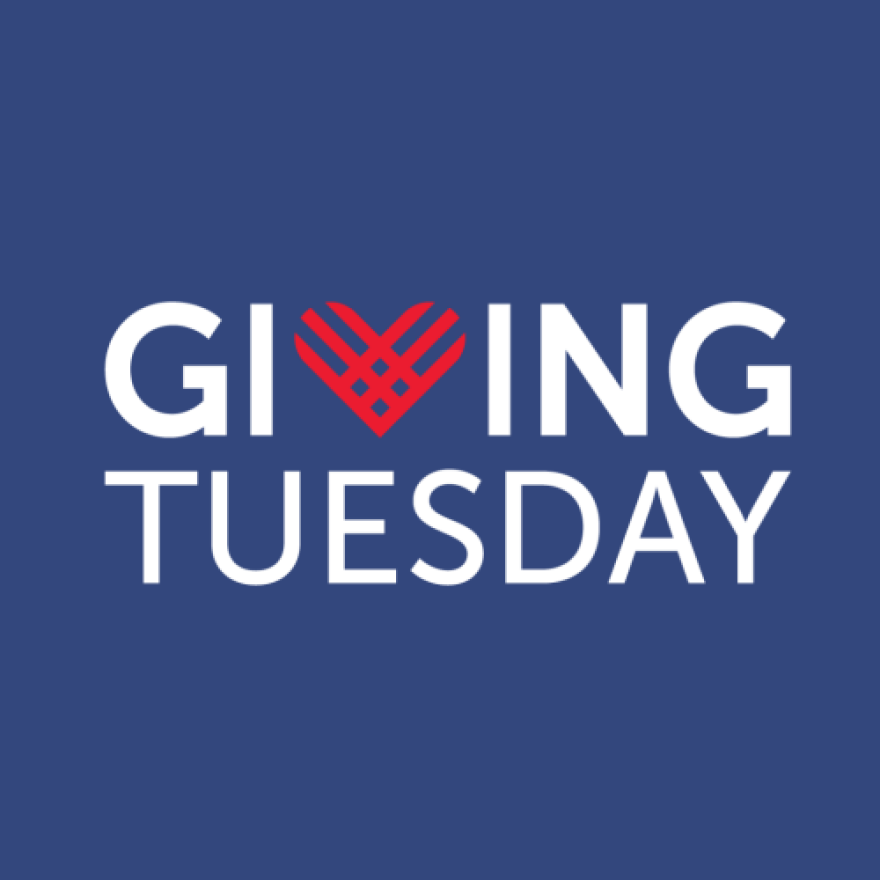Services for homeless people in the Flathead Valley that ramped up during Montana’s stay-at-home order are now winding down as the state reopens. An emergency homeless shelter in Kalispell closed down Friday.
Chris Krager is the executive director of the Samaritan House in Kalispell, a local homeless shelter. Last week he showed me the building that houses the nonprofit’s administrative offices and a day-time cafeteria, which was converted into a 20-bed dormitory in March when cases of COVID-19 began to show up in Montana.
"It is just our gen-pop, shelter-in-place shelter. We have another area that is for quarantine if anybody is not feeling well."
When cases began to pop up in Flathead County, public health officials and community organizations worried about the potential for an unchecked outbreak within the local homeless population around Kalispell. Krager says a little over half of the roughly 200 homeless people counted in an annual survey last year were sleeping outside in tents and possibly in communal camps where the virus could spread quickly.
"So it sort of, in the context of the pandemic, makes it a little more serious when there really is nowhere for them to go get services and everything is shut down."
Krager says the lack of services for those living outside also increased demand for temporary shelter.
Samaritan House and a number of local community organizations worked with city and county officials to identify an adequate shelter and to waive some ordinances in order to stand up the project.
It served about 70 people over the last three months, allowing them to shelter in place, but also provided access to medical services, including COVID-19 testing, from the Flathead Community Health Center.
52-year-old Leonard Tyree stayed there after he was released from prison in Deer Lodge on March 9.
"I thought, straight up, it was just gonna be hard and I would have to do what I had to do to survive, and someone told me about this place and I’m glad I showed up."
It not only gave Tyree a safe place to stay, but he also was able to get his diabetes under control. The shelter shut down Friday and Tyree plans to go to Libby to take care of his parents.
Krager says organizers chose to close down the temporary shelter now because more jobs and community services are becoming available since Montana moved into phase 2 of its economic reopening plan June 1.
About a third of those who used the shelter found other housing and the remainder can stay at the Samaritan House’s regular homeless shelter down the street. Organizers say the Samaritan House will allow people to stay connected to local healthcare services, including COVID-19 testing.
Kyle Waterman sits on the City Council, the Flathead City-County Health Board, and is running for state senate. He helped spearhead the emergency shelter and says the strategy for a possible second wave of COVID-19 is still being hashed out.
"I know we’re having the debriefs. The Health Center is the one that’s sort of organizing some of that that debrief so that there is a plan, so that there is a community plan going forward through the summer and in the fall, and how we would have a sort of call to action if there was a spike that we were seeing, and what we would do again."
Waterman and others were able to raise roughly $100,000 to set up the expanded shelter for homeless people during the state’s economic shutdown. That paid for 24-hour staffing over the last few months. He says money was set aside so another shelter could quickly be set up if more housing was needed.
Now that the state is reopening, Waterman says organizers are sharing information with people without homes about the signs and symptoms of COVID-19 and when and where they can access testing.




